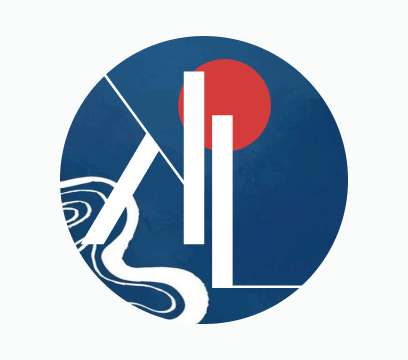The goal of this project was to add a feature to an existing platform. As an avid movie and TV show watcher, I chose to focus on creating a new feature for Netflix.
While streaming services have given us instant access to endless entertainment, the sheer volume of content often leads to decision fatigue and indecision—leaving us empty-handed when it's finally time for movie night. Because this kept happening to us, my friend and I came up with a fun solution: we act as each other’s personal recommendation generator. One of us lists out different things they are in the mood for and based on these keywords the other suggests movies or shows that match that vibe. This method has come in handy many times for us, and is the inspiration behind the concept for my project. Although Netflix allows filtering by genre, it doesn’t provide a way to pinpoint a user’s mood or tailor suggestions accordingly. More specific recommendations are needed to help users cut through the overwhelming content and quickly find something that fits their current vibe.
My goal was to design a feature that reduces endless scrolling by helping users find content that aligns with their mood in that moment.
Role: sole researcher and designer
Tools: Figma, Whimsical, Miro
Competitor Analysis
Most streaming platforms use similar content organization strategies, including genre filtering, curated categories, and search functionality. While they vary in visual design and presentation (some use dropdowns while others rely on tags) the basic categorization structure is consistent. Of all the platforms I researched, Prime Video was the only one that sometimes allowed for multi-keyword searches, and even that was limited. This function was embedded within the general search tool, not designed specifically to capture mood or vibe. Netflix’s current search and recommendation system is comparable to its competitors, so a feature for more specific keyword matching would definitely be useful and isn't available anywhere yet.
User Interviews
I conducted seven interviews via Zoom with regular Netflix users. I prepared an interview guide with the following research goal and objectives:
Research Goal
Understand users’ current experience with Netflix to design a feature that improves the content discovery process.
Research Objectives
Identify main issues users have when using Netflix.
Find out what, if anything, hinders users from selecting content to watch easily.
Understand how users like to categorize their content.
Understand how users navigate Netflix and what their process is when selecting something to watch.
Results
Affinity Map
Brainstorming
Using insights from the interviews, I created two user personas to better understand key needs and frustrations. I also mapped out a simple user flow and created low-fidelity sketches to begin exploring the structure and layout of the feature. The core idea was to introduce a mood-based search function that would be both simple and seamless within the Netflix interface.
Personas
User Flow
Lo-fi Sketch
High-fi Wireframes and Prototype
Since I was building onto an existing product, I was able to move quickly into high-fidelity wireframes using Netflix UI kits. My priority was to ensure the feature looked and felt like a natural extension of the Netflix platform.
Version 1
Version 2
Iterations: I wanted the search bar to stand out a bit more as that is the most important part of this feature so I moved it to its own row and made it slightly larger.
Usability Tests
I conducted usability tests with five Netflix users via Zoom. Given the simplicity of the feature, each participant was only asked to complete one task using the prototype. I followed up with relevant questions to better understand their thought process and impressions. I documented their input in a feedback grid to organize observations and identify areas for improvement.
Feedback Grid
Final Iterations
Results from the usability tests were very positive and not many changes needed to be made. The main iteration was just adding tags for example keywords and fixing a typo in the description.
Reflection
This was a fun project and I enjoyed building off of an existing product. Rather than starting from scratch, I got to develop upon a product that is already widely used and practice understanding user needs in a real world situation. Because Netflix has a large following already, there are already many familiar users who have a lot of experience with the product and could give real feedback on it.
Although the project was relatively simple, it was a great way to refine my UX research, interface design, and iteration skills. It also helped me become more confident with designing within constraints and made me more efficient in applying design principles. Moving forward, I’m excited to apply what I’ve learned here to more complex projects and continue growing as a designer.














